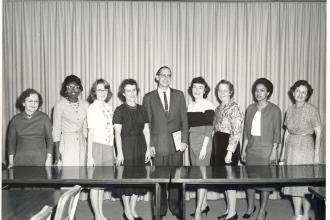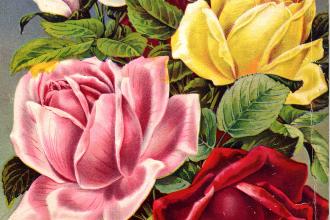Preserving USDA and Agricultural History
The Library houses rare books, manuscript collections, nursery and seed trade catalogs, photographs, posters, and more related to the history of agriculture.
Search the Collections
As part of the U.S. Department of Agriculture (USDA) National Agricultural Library, Special Collections preserves and provides access to manuscripts and archival materials related to the history of agriculture and the USDA. These collections document the work of USDA from the 19th through the 21st centuries, as well as non-USDA agricultural activities and organizations related to agriculture. Materials found in these collections include correspondence, field notes, journals, photographs, publications, posters, and other items. Browse all collections or search below.
Featured Collections
U.S. Forest Service Smokey Bear Collection

This collection includes an assortment of materials dating from 1902 to 1994 with the majority of the items relating to the various advertising activities which began in 1942.
Roland Maurice Jefferson Collection

The majority of the collection highlights Jefferson's work, including plant expeditions for cherry trees at the United States National Arboretum.
USDA History Collection

This collection documents the work of the U.S. Department of Agriculture, its staff, and agencies. It is particularly strong concerning the activities of the Secretaries of Agriculture, their assistants, and staffs.
Henry G. Gilbert Nursery and Seed Trade Catalog Collection

This collection consists of over 250,000 American and international catalogs. The earliest catalogs date from the late 1700s, but the collection is strongest from the 1890s to the present. Some have been digitized.
USDA Crop Fiber Research Collection

The collection contains materials relating to more than 300 species of plants used for fiber and includes information on cordage, textiles, and miscellaneous fibers.
USDA Pomological Watercolor Collection

Over 7,000 fruit and nut watercolors are digitized and available for high-resolution download, documenting varieties from the late 19th and early 20th centuries.
